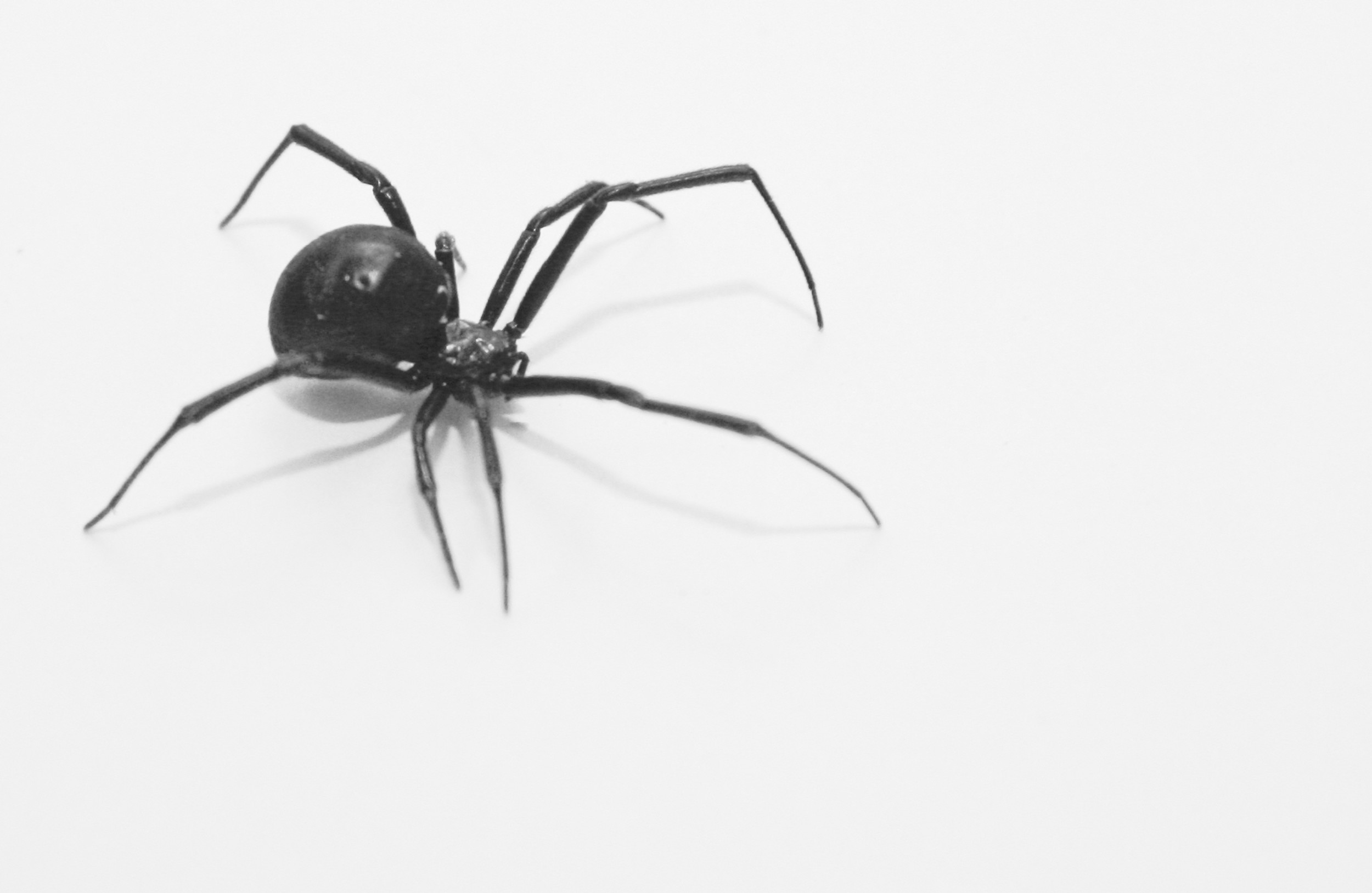Spooky spiders and other arachnids
Some of the most misunderstood and feared creatures found in the landscape and home are spiders and other arachnids. Around Halloween, many people adorn their homes with fake cobwebs and spiders of …
This item is available in full to subscribers.
Attention subscribers
To continue reading, you will need to either log in to your subscriber account, or purchase a new subscription.
If you are a current print subscriber, you can set up a free website account and connect your subscription to it by clicking here.
If you are a digital subscriber with an active, online-only subscription then you already have an account here. Just reset your password if you've not yet logged in to your account on this new site.
Otherwise, click here to view your options for subscribing.
Please log in to continueDon't have an ID?Print subscribersIf you're a print subscriber, but do not yet have an online account, click here to create one. Non-subscribersClick here to see your options for subscribing. Single day passYou also have the option of purchasing 24 hours of access, for $1.00. Click here to purchase a single day pass. |
Spooky spiders and other arachnids
Some of the most misunderstood and feared creatures found in the landscape and home are spiders and other arachnids. Around Halloween, many people adorn their homes with fake cobwebs and spiders of various sizes to inspire fright and I know few people who will willingly interact with an eight-legged intruder in their home.
However, many spiders that are seen in Florida are extremely beneficial, eating many pests that actually do harm to our lawns and gardens. This week, we are going to look at some of the most infamous spiders found in our area.
Golden Orb Weaver and Yellow Argiope Spiders
Gone by this time of year, the Golden Orb Weaver spider, Nephila clavipes, which is also known as the banana spider is one of the most noticed and feared in the garden. The female of this species is the most striking, being much larger than the males. Females bodies are often near two inches in length, not counting the legs while the males are usually less than one-quarter inch long. They build large webs during the summer and have the red yellow black coloration across their backs, which betrays their mild venous nature.
Another orb weaver found in our area is the Yellow Argiope, Agriope aurantia, which can be distinguished from the Golden Orb Weaver by a less elongated abdomen and a zig-zag pattern found near the center of the web. Both of these spiders capture prey and then eat it almost immediately.
Oftentimes people will accidentally walk into these webs which can be near impossible to see in direct sunlight and panic once they see the size of its owner. The webs can be a nuisance around backyards and pools but can be easily controlled with a rake or broom. If not in the way, leave the webs and let the spiders feed on damaging and biting insects.
Black and Brown Widows
Probably the most infamous name in spiders is that of the Black Widow, Latodectius mactans. The Black Widow, along with the Brown Widow, have a strong venom that creates symptoms similar to tetanus with cramping, muscle pain and hypertension. Bites are very rarely fatal but, to prevent bites, it is important to look before reaching under stones, woodpiles or any dark covered area where spiders may be hiding.
The Black Widow is usually one-and-a-half inches long, with females being larger than males. They are identified by their black color, the presence of a red hourglass marking on the underside of their abdomen and smooth white egg sacs.
Brown widows are a similar size but are less distinctive, being gray, brown or black with an orange to yellow hourglass marking on the underside of the abdomen. The egg sac is spiked. Their bites are similar to that of black widows so, if bitten, it is important to try to capture the spider that bit you for identification.
Co-existing Happily
There are many more spider species found throughout our area and co-existence is recommended. Even the Black Widow is known to actually prey on fire ants so the pest control benefit should not be ignored. Most people do want to keep the creatures out of their home and the University of Florida recommends sealing or covering any possible opening for them to enter the home.
If found in the home, webs should be physically removed but most chemical sprays available to homeowners are not very effective. Dust formulations containing diazinon are helpful in crawl spaces, utility areas and attics to provide long term treatment.
If you have any more questions about spiders, any other lawn or landscape topics, or need plant materials identified, contact the University of Florida/IFAS Extension Office online at http://www.clay.ifas.ufl.edu, follow us on Facebook, or call by phone at (904)284-6355.








